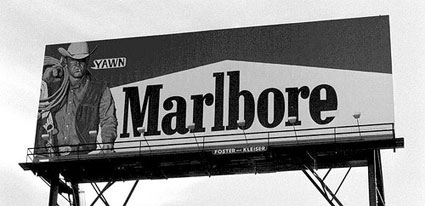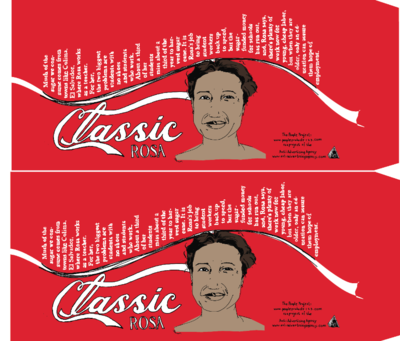ACC Chapter 10: Repetition and Cloning
Download Materials for Chapter 10
Click here to download chapter 10 work files
For these exercises you will need two images: the first all-female C-130 crew and a cropped image of Amelia Earhart. They are both included in the Chapter 10 Work Files.
Original Image Sources:
https://commons.wikimedia.org/wiki/File:C-130_-_First_all_female_crew.jpg
https://commons.wikimedia.org/wiki/File:Amelia_Earhart_(16571444402).jpg
Digital Manipulation
Digital tools empower content producers to parody graphic content both on and off of the screen. Media-makers have the ability to change the appearance of virtually anything with tools such as copy, paste, mask and clone. So the question is: given the opportunity to change any image, message, or text, where would you begin? Your answer depends upon your interests, but usually emerges from political tension. In other words, the oppressed can reclaim messages of the dominant paradigm by altering the symbolism embedded in words or images in the physical and/or digital world. These messages might appear in museums, on city streets or in cyberspace.
The “subversive” part of the message-making is the way in which the aesthetics of the altered media rely upon the viewer’s visual and intellectual understanding of the dominant culture prior to media confrontation. The Billboard Liberation Front and The Anti-Advertising Agency create work that illustrate this idea. Not too surprisingly, this counter-cultural, playful method of protest has already been co-opted by the advertising industry.
In No Logo, Naomi Klein illustrates how advertisers are utilizing methods common to contemporary artists to create brand awareness. She writes, “Pepsi’s on-going threat to project its logo onto the moon’s surface hasn’t yet materialized, but Mattel did paint an entire street in Salford, England, ‘a shriekingly bright bubblegum hue’ of pink – houses, porches, trees, road, sidewalk, dogs, and cars were all accessories in the televised celebrations of Barbie Pink Month. Barbie is but one small part of the ballooning $30 billion ‘experiential communication’ industry, the phrase now used to encompass the staging of such branded pieces of corporate performance art and other ‘happenings.’” (See No Logo, Naomi Klein, New York: Picador 9-12.)

The Billboard Liberation Front is a group of San Franciscan message-makers who aim to repurpose and “improve” billboard messages by painting or pasting on top of preexisting billboards. The group began their mission in 1977 and have grown into a worldwide phenomena by collecting images on the web. From The Billboard Liberation Front Manifesto:
“And so we see, the Ad defines our world, creating both the focus on “image” and the culture of consumption that ultimately attract and inspire all individuals desirous of communicating to their fellow man in a profound fashion. It is clear that He who controls the Ad speaks with the voice of our Age.” (Jack Napier and John Thomas).
You can read the entire manifesto at: http://www.billboardliberation.com/manifesto.html

The Anti-Advertising Agency creates subversive media in opposition to the role of advertising in contemporary society. Many of their projects are participatory, which means that viewers become “doers” or art-makers. In People Products 123, participants download package designs that feature images and information about the workers responsible for producing the consumable product. The package designs are to be printed by the participant, repackaged around the product, and “shop-dropped” in the store where an unassuming shopper would purchase the product contained in the newly informative packaging.

